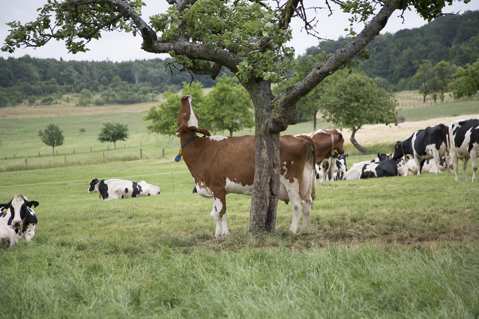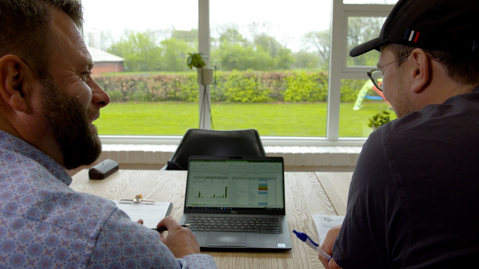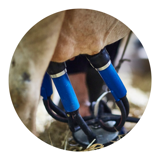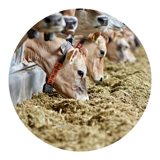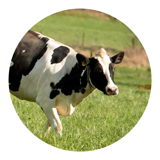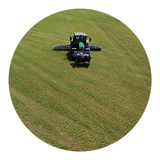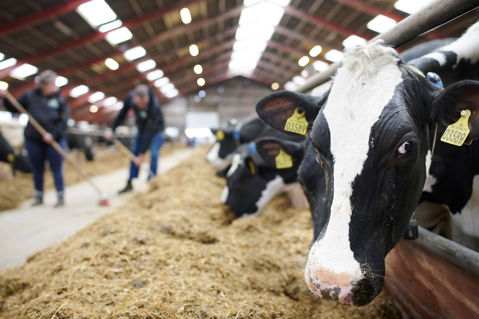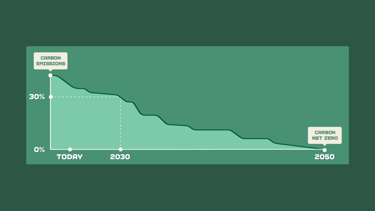Dairy is part of a healthy and sustainable diet due to its nutrient density. And, as is the case for all food production, it comes with a carbon cost.
As one of the world's largest dairy cooperatives, we have a great responsibility - and at the same time a great opportunity – to do something about it.
Since 2015, our farmer owners have reduced emissions per kilo of milk by 9 per cent. Our most recent Climate Check data shows that Arla farmers' average carbon footprint is 1.12 kg of CO2e per kilo of milk.
But even though we've made progress since 2015, the number is not a result – it’s a baseline for improving further.
With help from Arla’s Climate Check tool, our farmer owners now have a clear blueprint for how they can triple the speed of CO2e reductions on their farms during this decade.
Read on to find out how.
